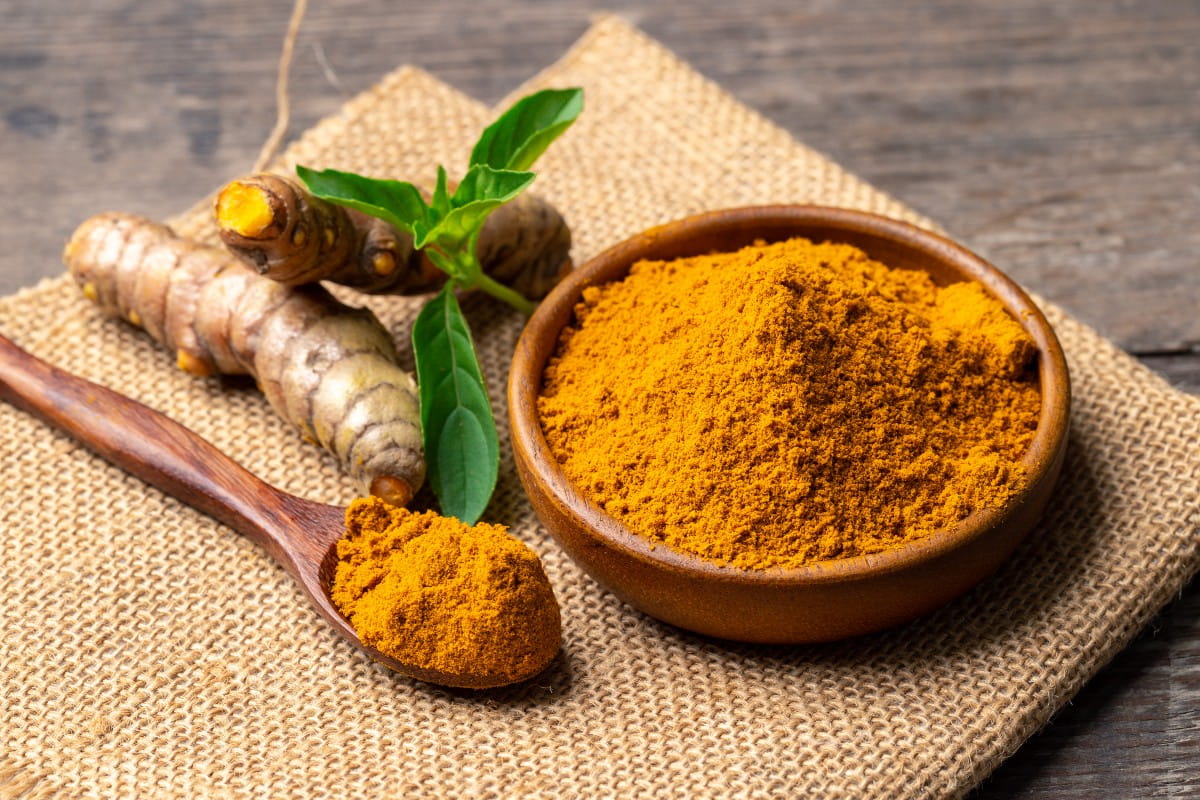If you’ve gotten the news that your cholesterol is high, bringing your numbers into a healthy range will reduce your risk of heart disease and stroke. Lifestyle changes can make a big difference, and medication may also help.
Cholesterol is not all bad
First things first, not all cholesterol is bad. Your body needs cholesterol for several very important functions according to Hayleigh D. Slezak, PA, Physician Assistant at Riverside Primary Care Hidenwood.
Cholesterol is found in the membranes of cells. It’s used as a building block for hormones and also helps the body make vitamin D and digest foods.
Cholesterol is classified as good and bad, based on what it does in the body:
- Bad cholesterol is known as LDL because it is harmful to health and associated with increased risk of heart disease and stroke.
- Good cholesterol is known as HDL because it is protective of health and associated with reduced risk of heart disease and stroke.
Keep cholesterol in check
If you have high cholesterol, your doctor will likely recommend medication and healthy lifestyle changes.
When it comes to high cholesterol and other chronic conditions, small lifestyle changes can have a big impact. In fact, some lifestyle changes can reduce LDL cholesterol in as little as two weeks.
What changes give you the most bang for your buck?
Up your fiber game
Incorporate high fiber foods daily. Fiber helps shuttle bad cholesterol out of the body. Soluble fiber is a specific type of fiber that is the most effective. In fact, including 5-10 grams of soluble fiber daily will lower your cholesterol within two weeks. A medium apple or a cup of beans will meet this recommendation. Foods high in soluble fiber include:
- Oats and oat bran
- Apples
- Pears
- Beans
- Lentils
Be smart about fats
Saturated and trans fats can increase LDL cholesterol. Reducing foods high in these fats like full fat meat and dairy products can lower LDL and total cholesterol.
Make it a priority to avoid foods high in saturated and trans fat that are also high in sugar -- like processed, packaged baked goods, ice cream and desserts made with full fat dairy. Sugar contributes to inflammation and elevated cholesterol with inflammation is a recipe for heart disease.
Incorporating healthy fats may help lower LDL cholesterol as well.
“When it comes to fat, choose wisely. The old advice to cut fat out of your diet is not necessary. Instead, choose healthy fats found in plants like avocadoes, nuts, seeds and extra virgin olive oil,” says Ms. Slezak.
Get moving
Physical activity lowers cholesterol. The Centers for Disease Control and Prevention recommends about 150 minutes of exercise each week as well as being physically active on a daily basis. What can you do?
- Take the stairs
- Park farther from your destination and walk
- Take a walk or a hike
- Go for a bike ride
- Work in a short activity burst during a commercial break
Medication for high cholesterol
Your doctor may recommend medication as part of your treatment plan. Statin drugs are commonly used and reduce the amount of cholesterol produced in the liver. Other common drugs include those that decrease absorption of cholesterol or increase its elimination.
Cholesterol-lowering medications aren’t a substitute for lifestyle change but can be a part of an effective and individualized treatment plan.
Cholesterol smart
Approach high cholesterol with a lifestyle shift in mind. Small changes to daily activity and eating can get your numbers in line while also reducing your risk for other health problems like diabetes and obesity.
Need help getting your numbers in check? Schedule an appointment with one of our world-class primary care providers to develop your cholesterol action plan today.



